Analysis of Processing Technology for Industrial Precision Ceramic Parts
Precision ceramic parts have become core materials in high-end fields such as electronics, medical, aerospace, etc. due to their excellent durability, high strength, and wear resistance.
Its processing integrates advanced technology and precision equipment to ensure that the parts meet strict precision and performance requirements.
This article will systematically analyze the four mainstream processing technologies and their application scenarios.
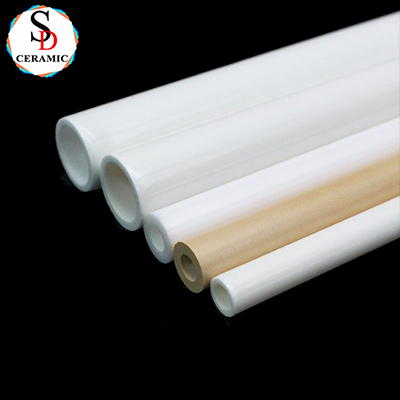
1、 Injection molding: a powerful tool for mass production of complex structures
Process principle: Mix ceramic powder with binder and inject it into the mold for molding. After degreasing and high-temperature sintering, the final part is obtained.
Core advantages:
Can manufacture complex thin-walled parts (such as micro gears, irregular cavities)
Tolerance accuracy of ± 0.1%, suitable for large-scale production
The material utilization rate exceeds 95%, and the cost-effectiveness is significant
Typical applications:
In the field of electronics: integrated circuit substrates, sensor packages
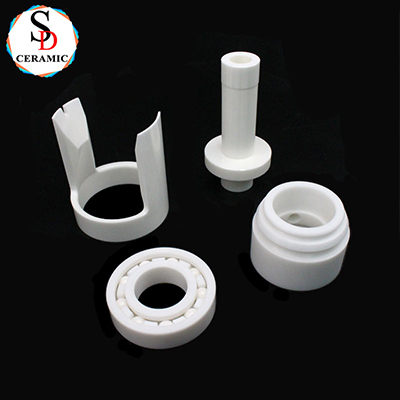
2、 Extrusion molding: an efficient solution for homogeneous cross-sections
Process principle: Ceramic slurry is continuously extruded through a mold, cut and sintered to solidify.
Core advantages:
Suitable for continuous production of tubular/rod-shaped parts
Low equipment cost and high production efficiency (such as honeycomb ceramic carriers)
limitations:
Only applicable to constant cross-sectional structures (such as ceramic tubes, grinding rods)
High surface roughness (Ra>1.6 μ m), requiring secondary polishing
Typical applications:
Industrial field: High temperature thermocouple sleeve, catalytic reactor carrier
Energy sector: Fuel cell electrolyte tubes
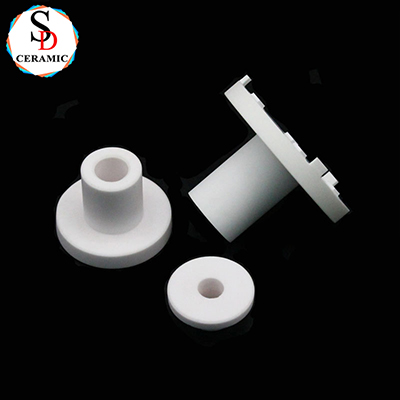
3、 Sintering process: the core process of high-density parts
Process principle: Ceramic powder is pressed into shape through hot pressing/isostatic pressing technology, and particle fusion is achieved at high temperatures.
Technological advancement:
Hot pressing sintering: Simultaneously applying high temperature and high pressure to achieve a density greater than 99.5% (used for aerospace nozzles)
Isostatic pressure sintering: isotropic pressure, eliminating internal defects (preferred for artificial joints)
Core advantages:
Excellent mechanical properties (flexural strength>500MPa)
Can process ultra-high temperature ceramics (such as aluminum nitride, boron carbide)
Typical applications:
High end cutting tools: ceramic cutting blades
Aerospace: High temperature resistant turbine blades
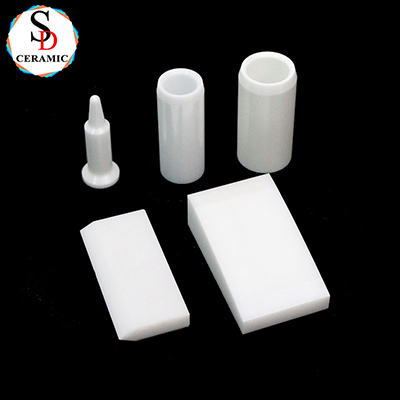
4、 Mechanical processing: the optimal solution for precision customization
Process principle: Diamond cutting tools are used for grinding, drilling, and other post-processing of sintered bodies.
Core advantages:
Realize nanometer level accuracy (tolerance ± 0.005mm)
Flexible adaptation to small batch customization needs
Technical challenges:
High processing costs (tool wear rate up to 30%)
Need to control processing stress to avoid microcrack propagation
Typical applications:
Semiconductor equipment: wafer gripper
Through technological innovation and process optimization, precision ceramic parts are breaking through traditional performance boundaries and continuously promoting the upgrading of high-end
manufacturing industry.
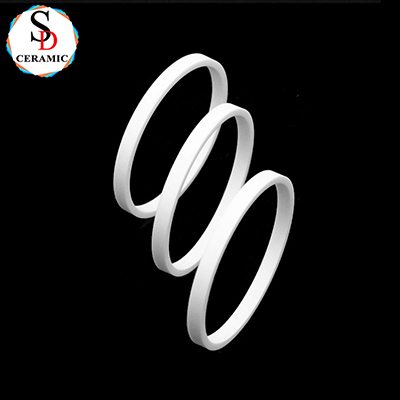
If you have any questions or need help, feel free to contact with our team.
Phone
+86 18068252612
Location
Qianluo Village, Dingshu Town, Yixing City, Jiangsu Province, China
Welcome to subscribe to our email message!


Copyright © Yixing Shengda Refractory Ceramic Co., Ltd. All Rights Reserved | Sitemap | Powered By 